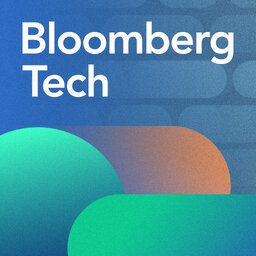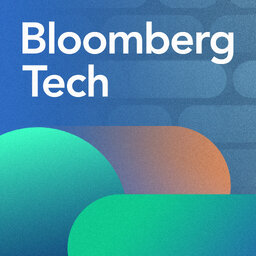Nvidia Closes In On a $4 Trillion Market Value
Bloomberg’s Ed Ludlow discusses the prospects of Nvidia becoming the first company to reach a $4 trillion market capitalization. Plus, US Commerce Secretary Howard Lutnick says the US and China have reached an understanding on a trade deal. And data center builder Crusoe announces an energy partnership with Redwood Materials.
 Bloomberg Tech
Bloomberg Tech


